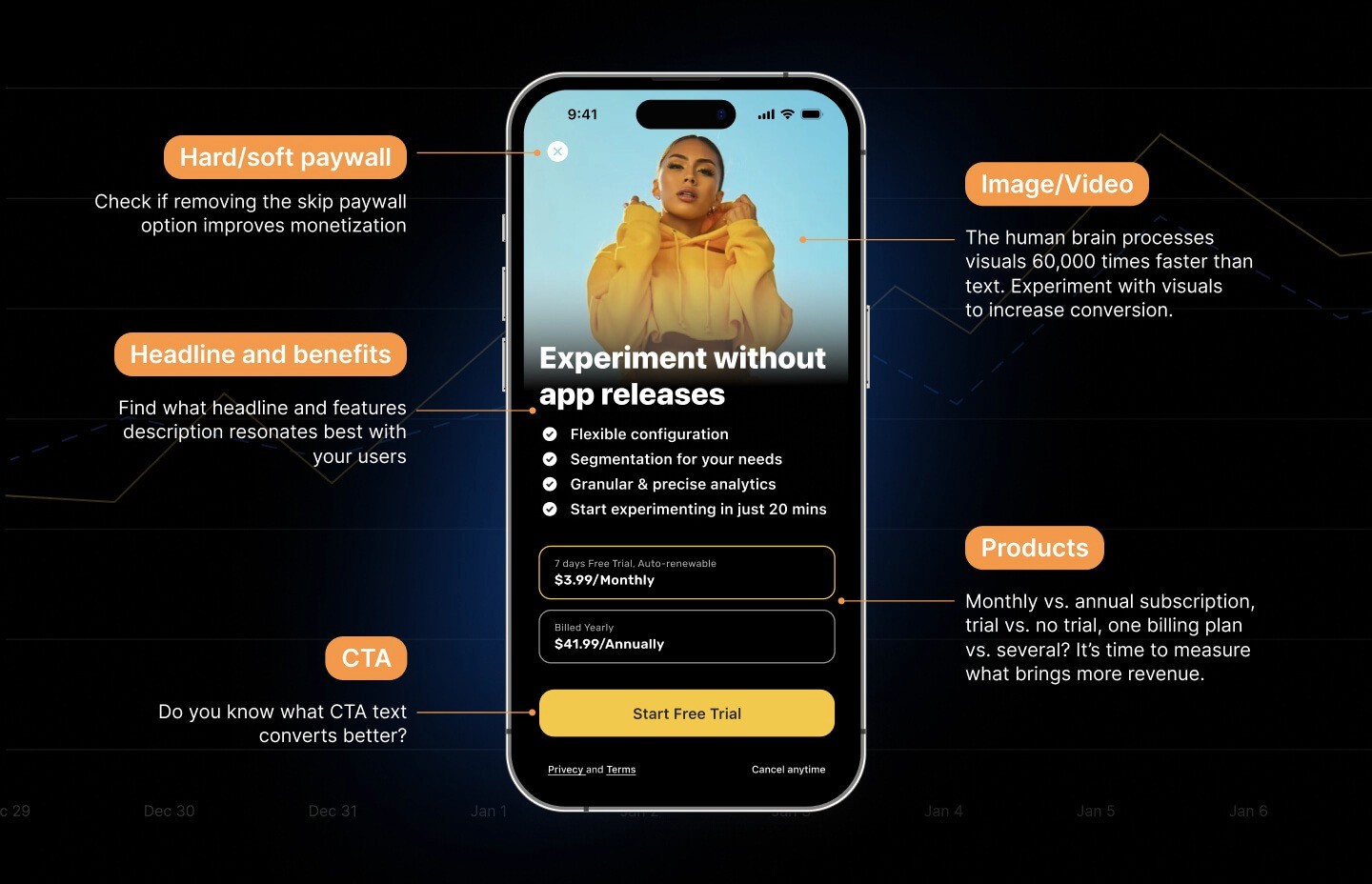What is Cohort Analysis and How to Use It For Subscription Apps
What is Cohort Analysis and How to Use It For Subscription Apps

Michael

Michael
Oct 30, 2020
Oct 30, 2020
We at Qonversion.io have recently released a cohort analysis for our users. It feels like the right time to provide some overview of leveraging cohort analysis to make better decisions for your subscription app.
We at Qonversion.io have recently released a cohort analysis for our users. It feels like the right time to provide some overview of leveraging cohort analysis to make better decisions for your subscription app.














